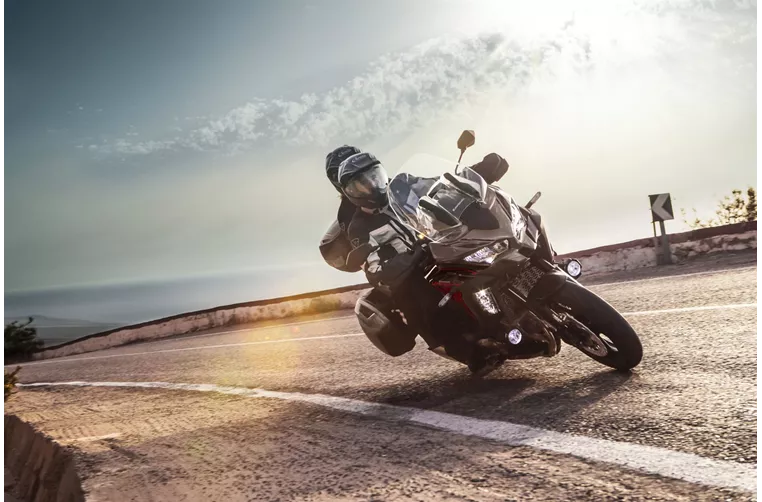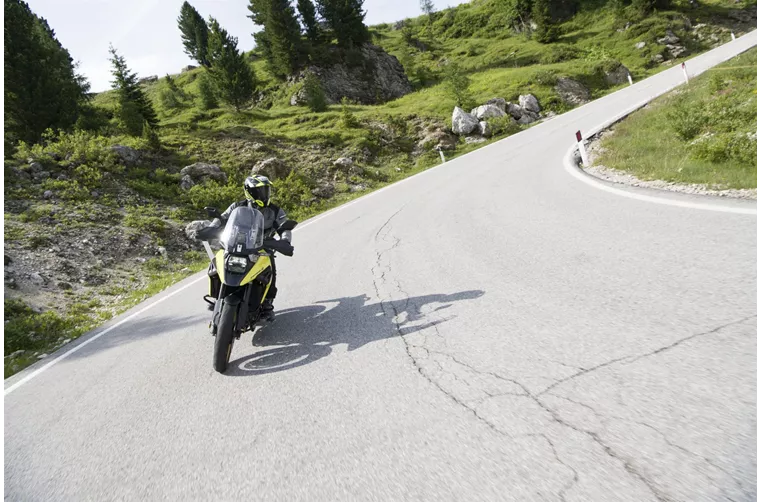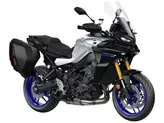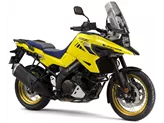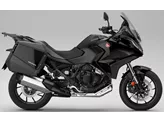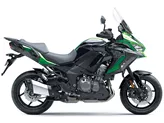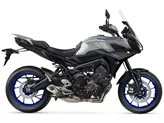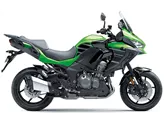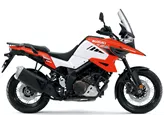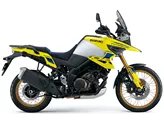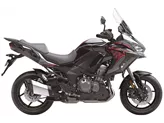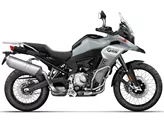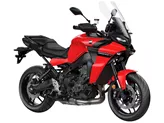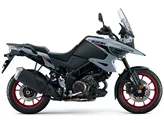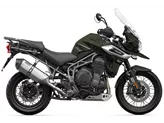Kawasaki Versys 1000 S 2021 vs. Suzuki V-Strom 1050 XT 2020
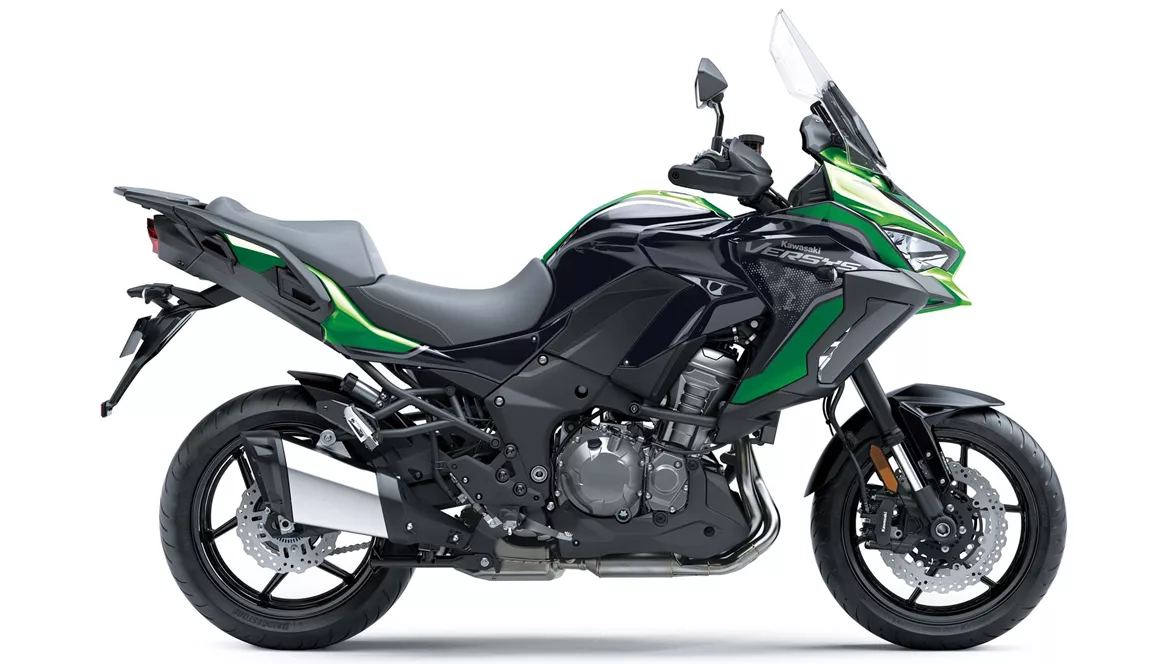
Kawasaki Versys 1000 S 2021
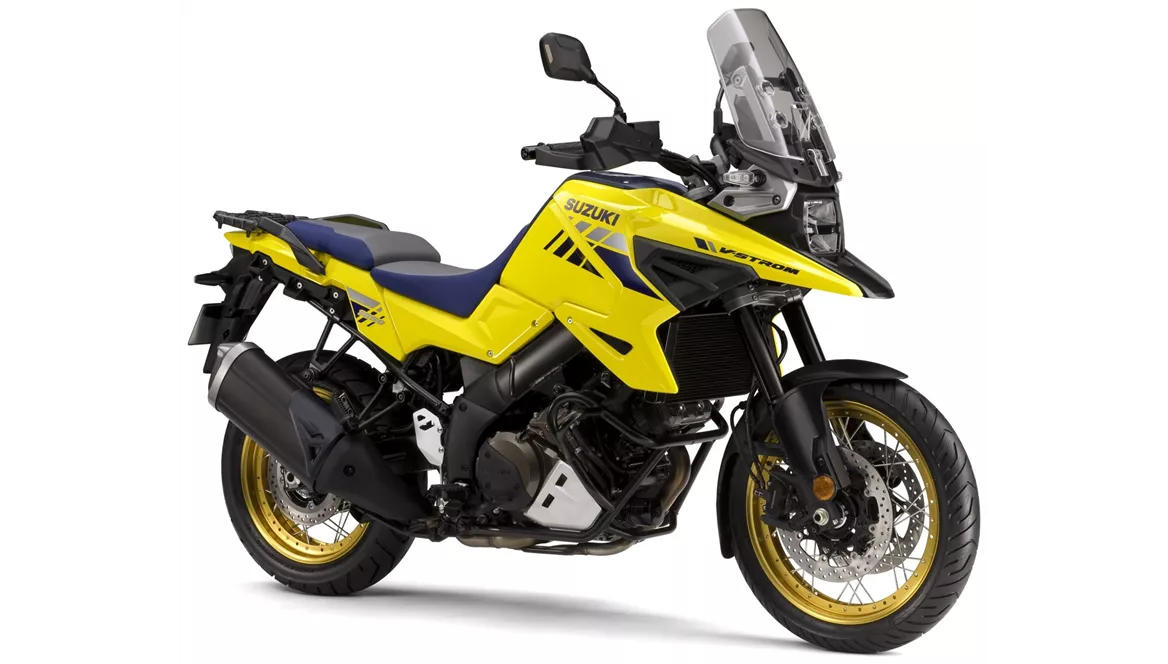
Suzuki V-Strom 1050 XT 2020
Přehled - Kawasaki Versys 1000 S 2021 vs Suzuki V-Strom 1050 XT 2020
The Kawasaki Versys 1000 S 2021 and the Suzuki V-Strom 1050 XT 2020 are both enduro motorcycles that offer a range of features and capabilities.
In terms of engine and drive train, the Versys 1000 S is equipped with an in-line four-cylinder engine, while the V-Strom 1050 XT has a V-twin engine. The Versys has a slightly larger displacement at 1043cc compared to the V-Strom's 1037cc. The Versys also has a higher engine power of 120 HP compared to the V-Strom's 107 HP. However, the V-Strom has a slightly higher torque of 100 Nm compared to the Versys' 102 Nm. Both motorcycles have electric starters and chain transmissions.
In terms of suspension, both motorcycles feature upside-down telescopic forks at the front and swing arm suspension at the rear. The Versys has a front travel of 150 mm and a rear travel of 152 mm, while the V-Strom has a front and rear travel of 160 mm. Both motorcycles offer adjustment options for compression, preload, and rebound.
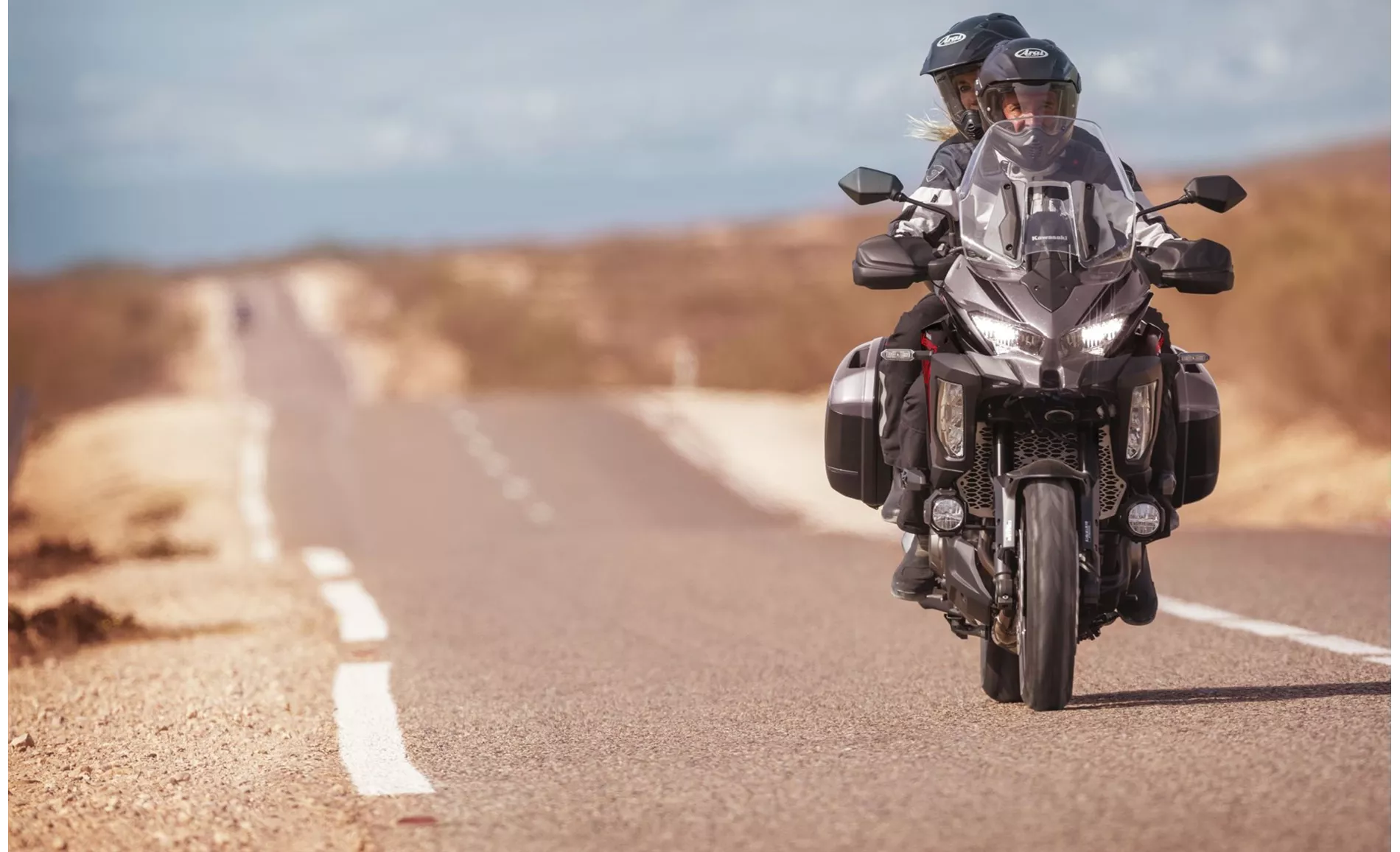
Kawasaki Versys 1000 S 2021
In terms of chassis, both motorcycles have aluminum frames. The Versys has a rake of 63 degrees and a trail of 106 mm, while the V-Strom has a rake of 64.7 degrees and a trail of 109 mm.
Both motorcycles have double disk brakes at the front. The Versys comes equipped with advanced rider assistance systems such as ABS, ride by wire, and a quickshifter. The V-Strom also has ABS and traction control.
In terms of dimensions and weights, the Versys has a front tire diameter of 17 inches and a rear tire diameter of 17 inches, with a rear tire width of 180 mm. The V-Strom has a front tire diameter of 19 inches and a rear tire diameter of 17 inches, with a rear tire width of 150 mm. The Versys has a wheelbase of 1520 mm, while the V-Strom has a wheelbase of 1555 mm. The seat height of the Versys is 840 mm, while the V-Strom has a slightly higher seat height of 850 mm. The Versys has a kerb weight (with ABS) of 257 kg, while the V-Strom weighs slightly less at 247 kg. Both motorcycles have fuel tank capacities of 20-21 liters.
In terms of strengths, the Versys 1000 S offers a very comfortable seating position, thanks to its ergonomics. It also has a cultivated in-line four-cylinder engine that provides a smooth and powerful performance. The motorcycle comes with a full electronics package, including ABS, ride by wire, and a quickshifter. The adjustable windshield allows for customization based on riding conditions. The braking system is well-controllable, and the Versys has a distinctive look that sets it apart.
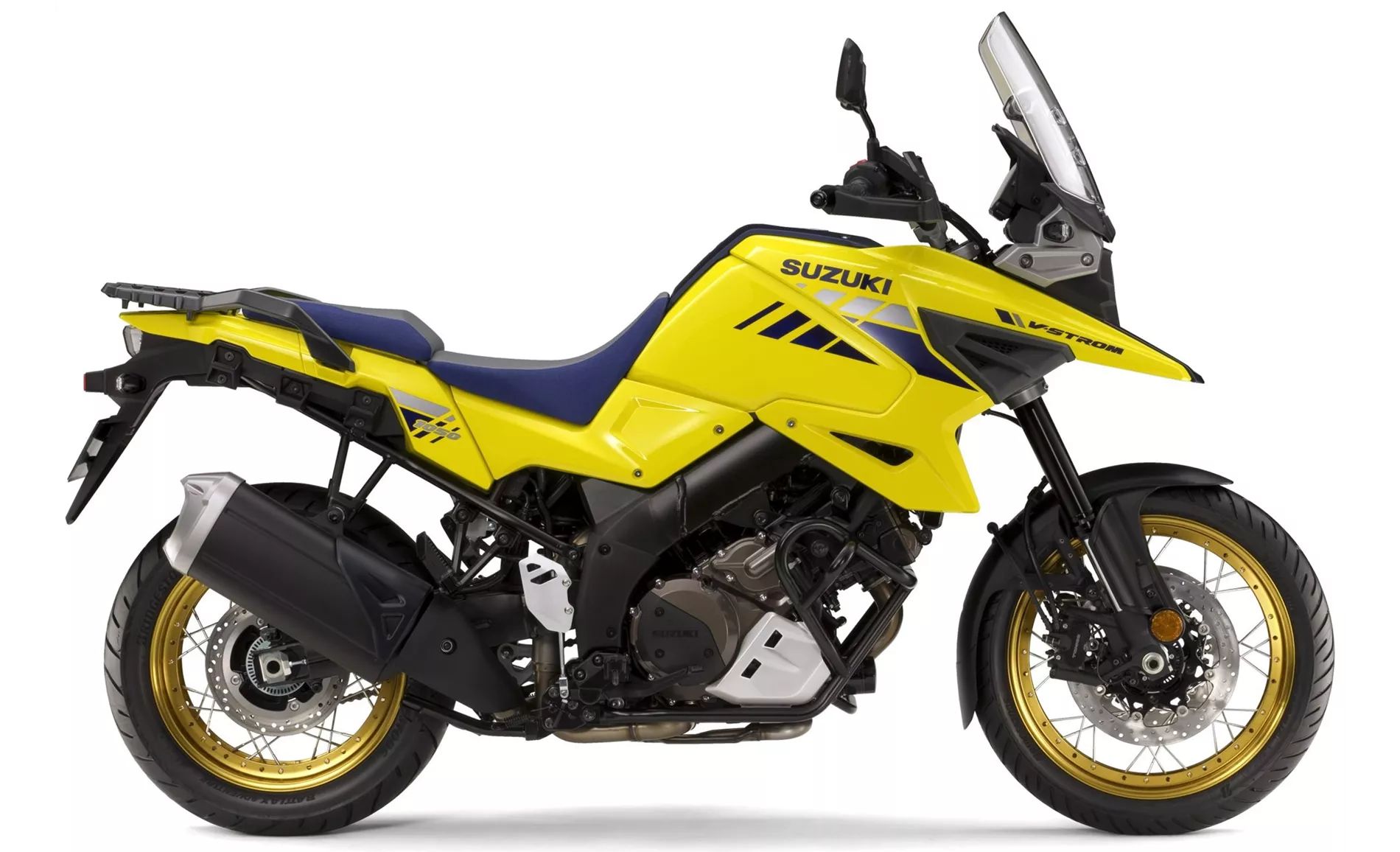
Suzuki V-Strom 1050 XT 2020
On the other hand, the V-Strom 1050 XT boasts a powerful engine that delivers impressive performance. Its ergonomics are highly praised, providing a comfortable riding experience. The motorcycle offers good wind and weather protection, making it suitable for long-distance rides. The extensive accessories that come as standard are a bonus, and the V-Strom's retro look adds to its appeal.
In terms of weaknesses, the Versys' windshield cannot be adjusted with one hand, which may be inconvenient for some riders. The V-Strom, on the other hand, has a high weight, which can affect maneuverability. Additionally, the ABS on the V-Strom cannot be switched off, which may limit the control for experienced riders. Lastly, the V-Strom does not come with a quickshifter, which may be a drawback for those who prefer seamless gear changes.
Overall, both the Kawasaki Versys 1000 S 2021 and the Suzuki V-Strom 1050 XT 2020 offer a range of features and capabilities that make them suitable for enduro riding. The choice between the two will ultimately depend on individual preferences and priorities.
Technické údaje Kawasaki Versys 1000 S 2021 ve srovnání s Suzuki V-Strom 1050 XT 2020
Výhody a nevýhody ve srovnání
Výhody a nevýhody ve srovnání
Kawasaki Versys 1000 S 2021
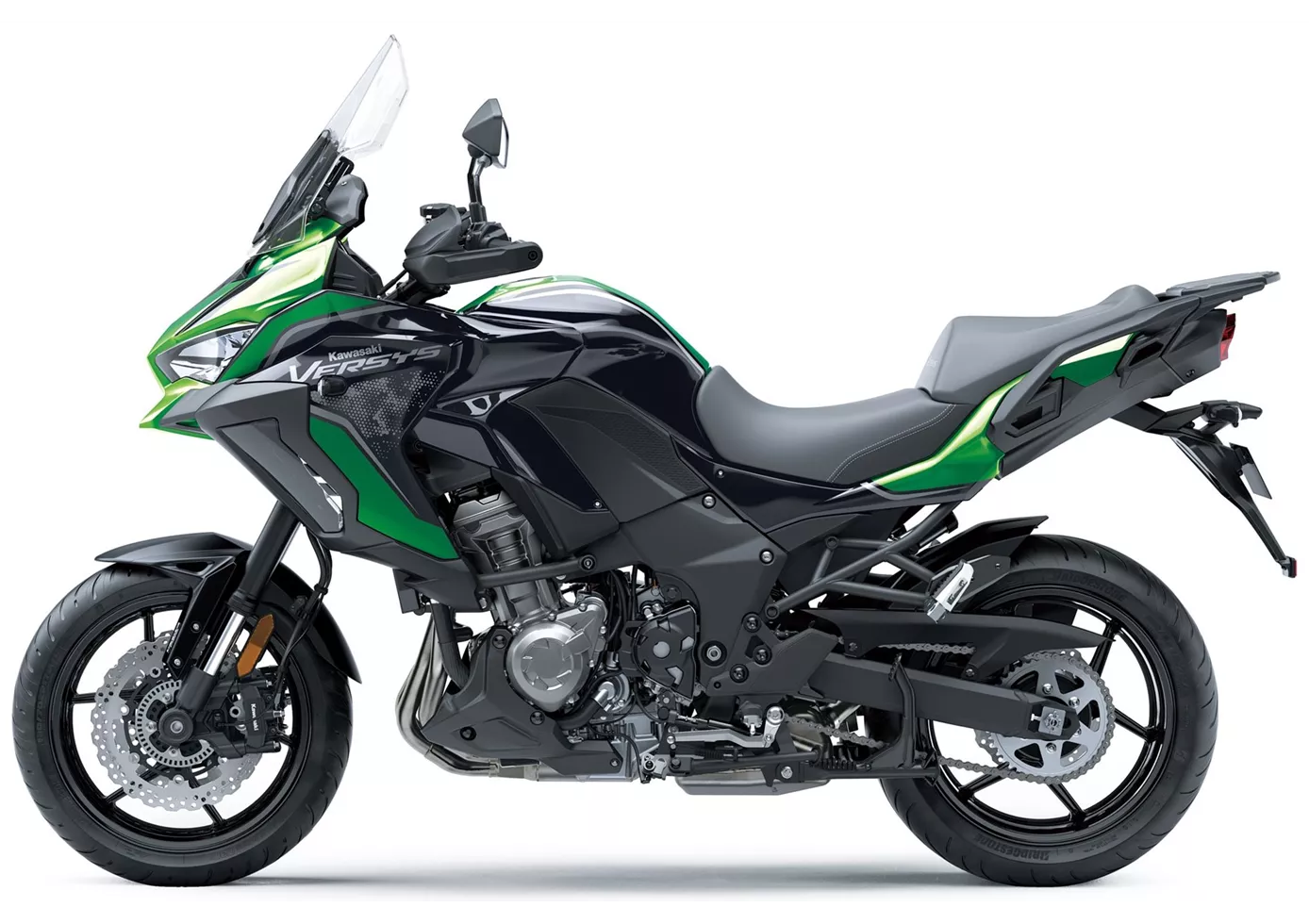
Údajně hůře vybavený Versys 1000 S se obejde pouze bez elektronicky nastavitelného podvozku modelu SE - a nabízí tak téměř stejný výkon jako nejvyšší model. To znamená, že S má na palubě také všechny komfortní prvky, díky kterým je dlouhá cesta nejen snesitelná, ale opravdu příjemná. Oproti modelu SE nemusíte nutně pocítit o několik kilogramů méně, ale i model S je ideálním společníkem na dlouhé cesty, kdy je nejdůležitější pohodlí a nekomplikované ovládání.
Suzuki V-Strom 1050 XT 2020
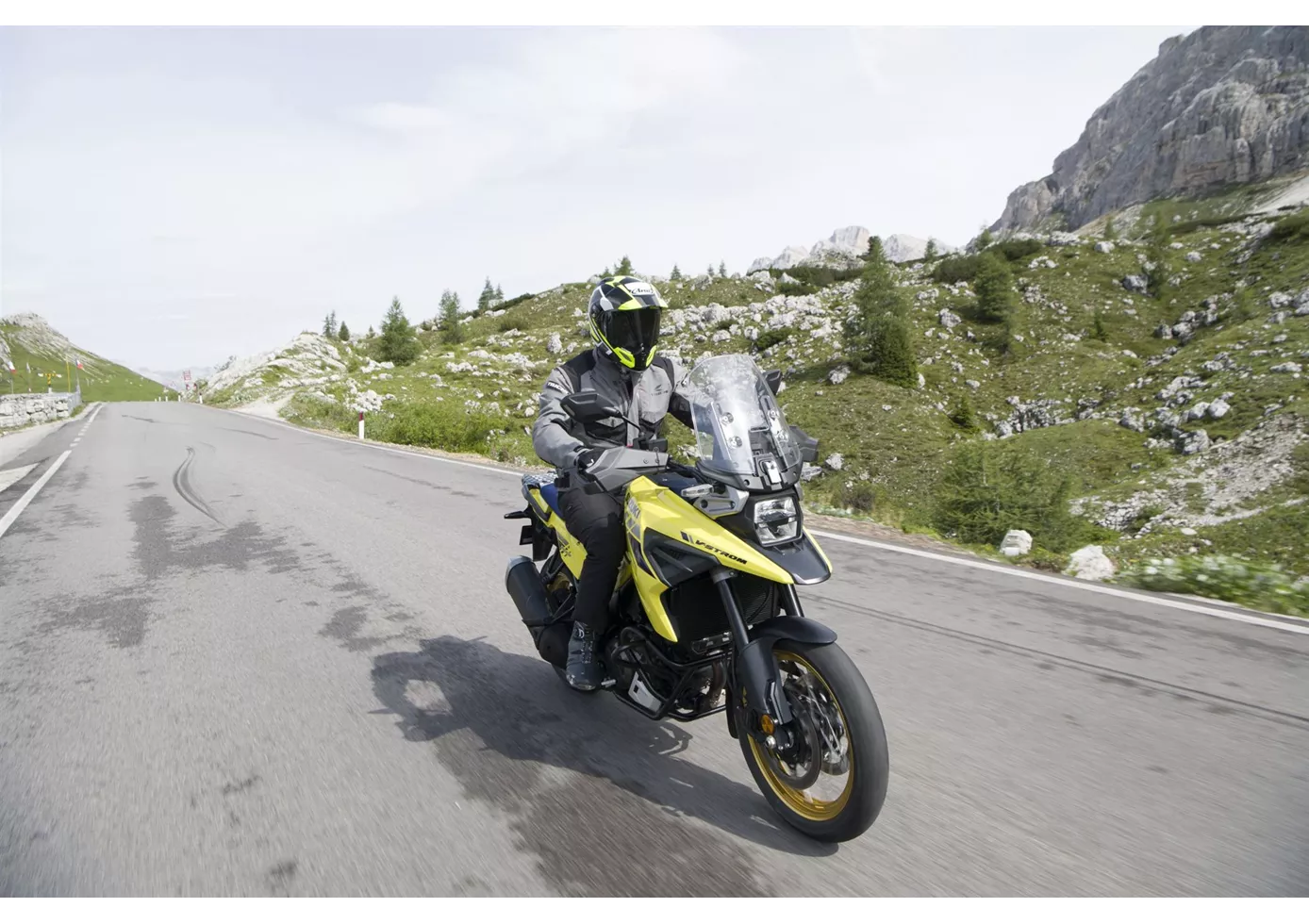
Přestože se nový V-Strom 1050 cenově posunul do ligy, v níž se musí srovnávat s konkurencí více než dříve, zůstal i přes nejmodernější bezpečnostní prvky věrný sám sobě, respektive zůstal nekomplikovaným motocyklem, který je připraven na velkou cestu. Jeho oblíbeným terénem je silnice, která díky dobrému podvozku může být i špatná a hrbolatá. Problémem nejsou ani terénní pasáže, ale ti, kteří pravidelně vyhledávají drsnější terén, budou mít kvůli mohutné hmotnosti Suzuki menší šanci skončit. Na zpevněných cestách se však s touto hmotou dá pohybovat překvapivě rychle a bez námahy. Návykový motor, zdařilý retro design a extrémní vhodnost pro turistiku dělají ze Suzuki V-Strom 1050 XT špičkový motocykl na dlouhé cesty.
Srovnání cen průměrná tržní cena Kawasaki Versys 1000 S vs Suzuki V-Strom 1050 XT
There are a few key differences between a Kawasaki Versys 1000 S 2021 and a Suzuki V-Strom 1050 XT 2020. In terms of price, the actual average price of a Kawasaki Versys 1000 S 2021 is about 13% higher. Compared to Suzuki V-Strom 1050 XT 2020 there are less Kawasaki Versys 1000 S 2021 bikes available on the 1000PS.de Marketplace, specifically 8 compared to 13. It takes less time to sell a Kawasaki Versys 1000 S with 93 days compared to 110 days for a Suzuki V-Strom 1050 XT. Since model year 2021 1000PS.de editors have written 5 reviews for the Kawasaki Versys 1000 S and 12 reviews for the Suzuki V-Strom 1050 XT since model year 2020. The first review for the Kawasaki Versys 1000 S was published on 11/4/2020 and now has more than 49,600 views. This compares to more than 104,400 views for the first review on Suzuki V-Strom 1050 XT published on 1/30/2020.
